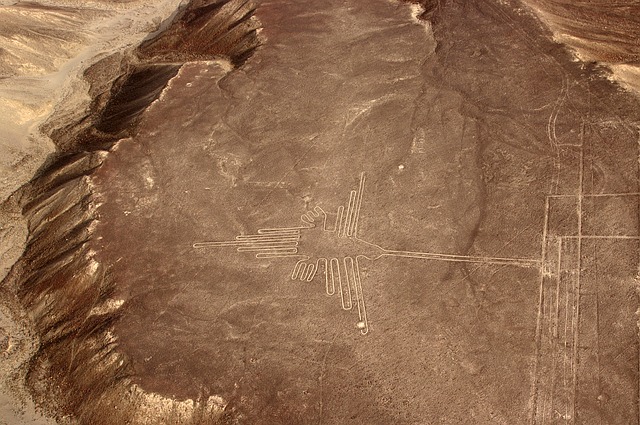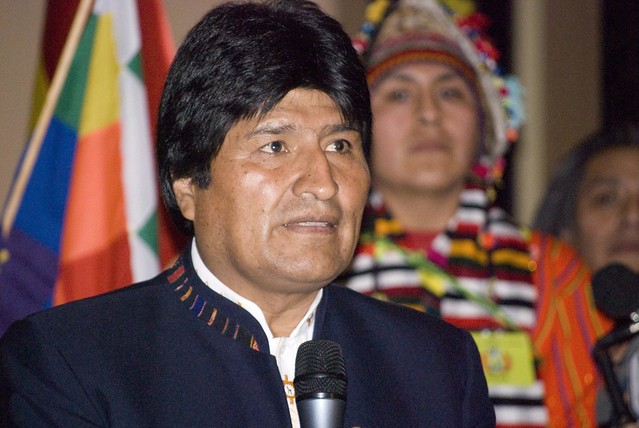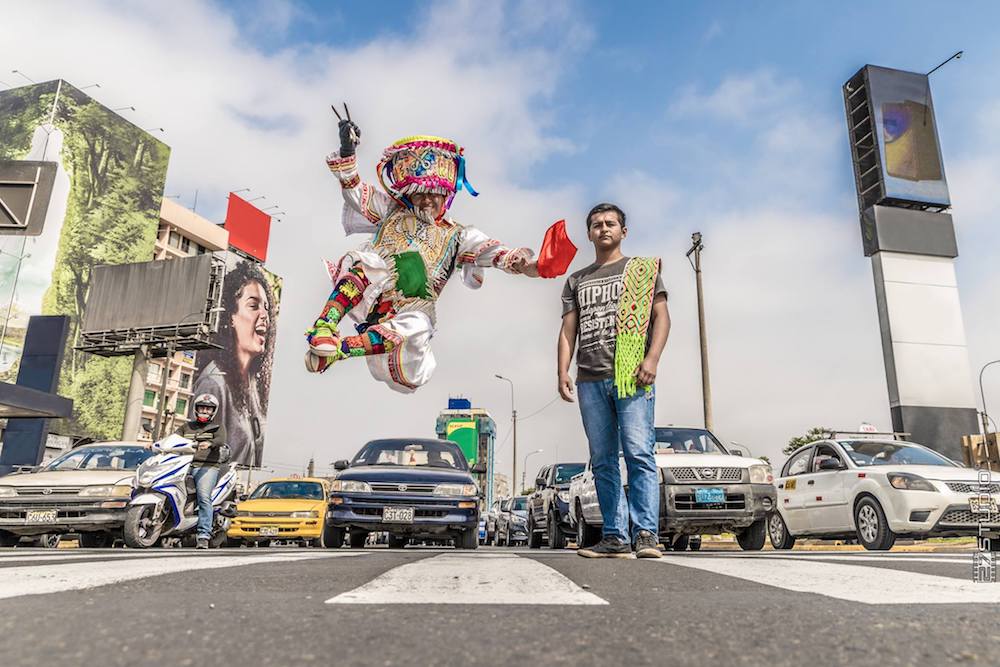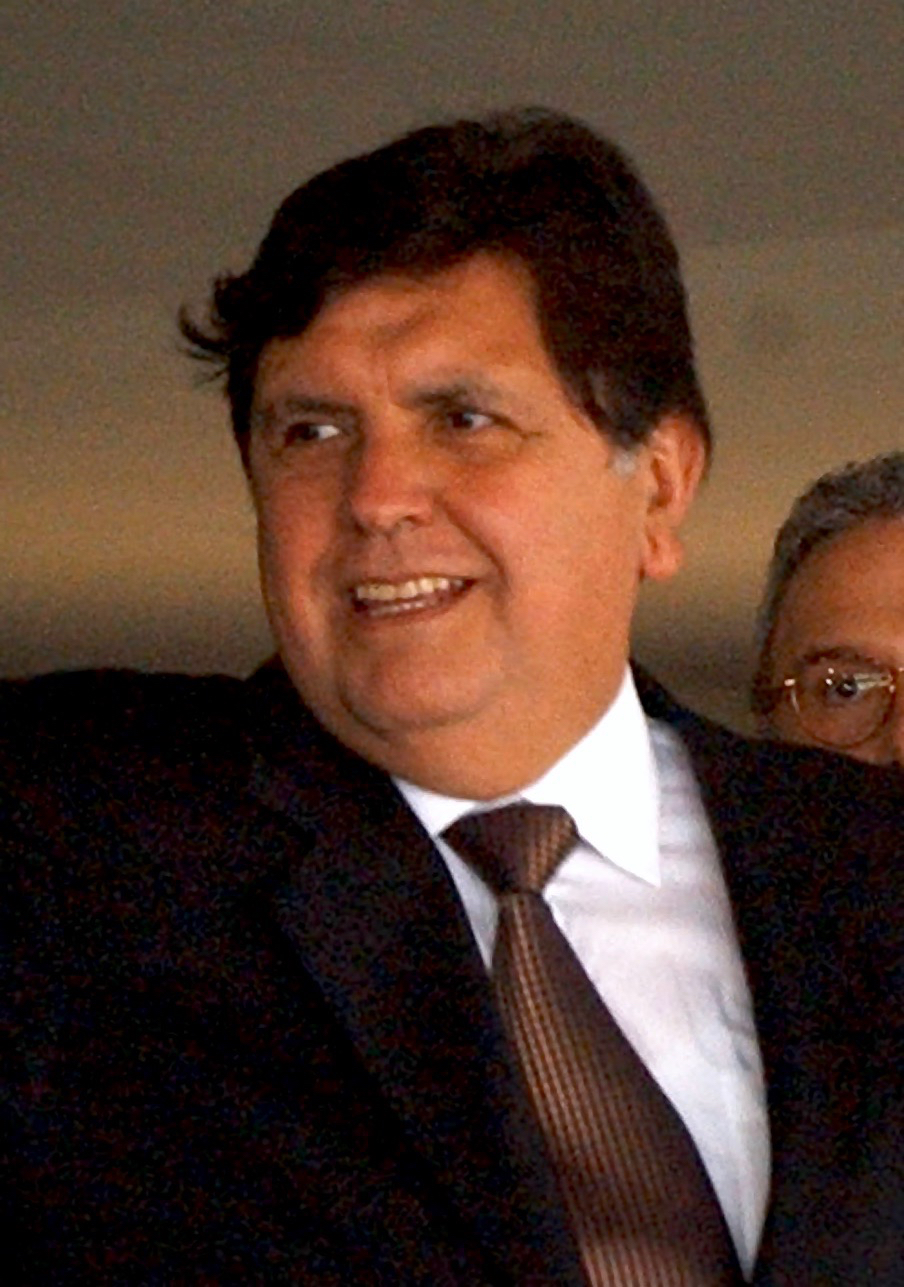
Quechua
Quechua Translation: Newly Discovered Nazca Lines and Other Geoglyphs Found in Peruvian Desert
April 17, 2019 By Jacquelyn Kovarik
RUNASIMIPI: Quechua, an Andean language, is the most commonly spoken Indigenous language in the Americas, with thousands of speakers. Quechua is not actually called “Quechua” by speakers of the language. They call it “Runasimi” — which means “idoma de la gente” or “language of the people.”
The news below was translated from Spanish and English into Quechua by Jacquelyn Kovarik. She translated it for the capstone for her independent study project with Dr. Odi Gonzales, the director of the NYU Quechua Language Studies program while completing her dual Masters in Journalism and Latin American and Caribbean Studies. Visit our Quechua page to see more translations and stories related to the Quechua language.
The news originally came out in April 2018. The news below was copied directly from National Geographic and translated into English and Quechua.
Quechua
Musoq ‘Líneas de Nazca’ ñisqa, Perú ch’aki ch’akipi
Abril killapi, iskay waranqa chunka pusaqniyuq watapi, peruano arqueólogokuna, drone ñisqankuwan, tarisqaku yaqa pisqa chunka hatunkaray qhelqakunata, Palpa suyupi. Kay líneakunata qhelqasqaku allpa patapi, ichaqa mana atikunchu rikhuyta sut’inta allparayku. Chay kasqan dronekunawan, arqueólogokuna estudiasqaku reqsisqa geoglifokunata (ñawpaqpi manaraq chayta ruwasqakuchu), chaymanta arqueólogokuna ruwasqaku sut’in mapakunata.
Chay qhepa tarisqa líneakunas kanku Nasca llaqtamanta, Nascakuna tiyaranku chay suyupi ñawpa tiempopiraq (entre el 200 y el 700 d.C.). Ichaqa, chay arqueólogokuna ninku, “wakin musoq qhelqakunatas ruwasqaku Paracas llaqta Topará llaqta ima (entre el 500 a.C. y el 200 D.C).”
Nasca líneakunata atinchis qhawayta patamantalla, ichaqa chay Paracas qhelqakuna kashanku waq’okunapi, chayrayku, runakuna atinku qhawayta uraymantapacha. Iskaynin llaqtakuna ruwaranku artístico qhelqakunata ichaqa mana kikinchu karanku: Nascakuna ruwaranku líneakunata, polygonokunata ima, ichaqa chay qhepa Paracas runakuna ruwasqaku figurakunata runamasinkunamanta.
“La mayoría de las figuras son guerreros”, afirma el arqueólogo peruano Luis Jaime Castillo Butters, codescubridor de los nuevos geoglifos. “Eran visibles desde cierta distancia, por eso la gente las ha visto, pero han quedado completamente borradas con el tiempo”.
“Yaqa llapan figurakuna kanku guerrerokuna,” niran peruano arqueólogo Luis Jaime Castillo Butters, chay figurakuna tariq. “Ñawpaqpi, chay figurakunata atiranku rikhuyta runakuna, ichaqa kunan kashan p’anpasqa allpa ukhupi,” nispa.
English
Newly discovered Nazca Lines and other geoglyphs found in Peruvian Desert
In April 2018, a team of Peruvian archeologists armed with drones discovered more than 50 new examples of these mysterious desert monuments in the adjacent province Palpa, traced onto the earth’s surface in lines almost too fine to see with the human eye. In addition, archaeologists surveyed locally known geoglyphs with drones for the first time—mapping them in never-before-seen detail.
Some of the newfound lines belong to the Nasca culture, which held sway in the area from 200 to 700 A.D. However, archaeologists suspect that the earlier Paracas and Topará cultures carved many of the newfound images between 500 B.C. and 200 A.D.
Unlike the iconic Nasca lines—most of which are only visible from overhead—the older Paracas glyphs were laid down on hillsides, making them visible to villages below. The two cultures also pursued different artistic subjects: Nasca lines most often consist of lines or polygons, but many of the newfound Paracas figures depict humans.
“Most of these figures are warriors,” says Peruvian archaeologist Luis Jaime Castillo Butters, the new glyphs’ co-discoverer. “These ones could be spotted from a certain distance, so people had seen them, but over time, they were completely erased.”
Español
Descubiertas nuevas líneas de Nazca y otros geoglifos en el desierto peruano
En abril 2018, un equipo de arqueólogos peruanos provistos de drones descubrieron más de 50 nuevos ejemplos de estos misteriosos trazos del desierto en la provincia adyacente de Palpa, grabados en la superficie terrestre con líneas casi demasiado finas para que el ojo humano las distinga. Además, los arqueólogos estudiaron por primera vez geoglifos conocidos a nivel local con drones, cartografiándolos con un nivel de detalle completamente nuevo.
Algunas de las líneas recién descubiertas pertenecen a la cultura nazca, que prevaleció en la zona entre el 200 y el 700 d.C. Sin embargo, los arqueólogos sospechan que las culturas anteriores, paracas y topará, grabaron muchas de las nuevas imágenes entre el 500 a.C. y el 200 d.C. Las dos culturas empleaban sujetos artísticos diferentes: las líneas de Nazca suelen consistir en líneas o polígonos, pero muchas de las nuevas figuras paracas representan a humanos.
“La mayoría de las figuras son guerreros,” afirma el arqueólogo peruano Luis Jaime Castillo Butters, codescubridor de los nuevos geoglifos. “Eran visibles desde cierta distancia, por eso la gente las ha visto, pero han quedado completamente borradas con el tiempo.”





